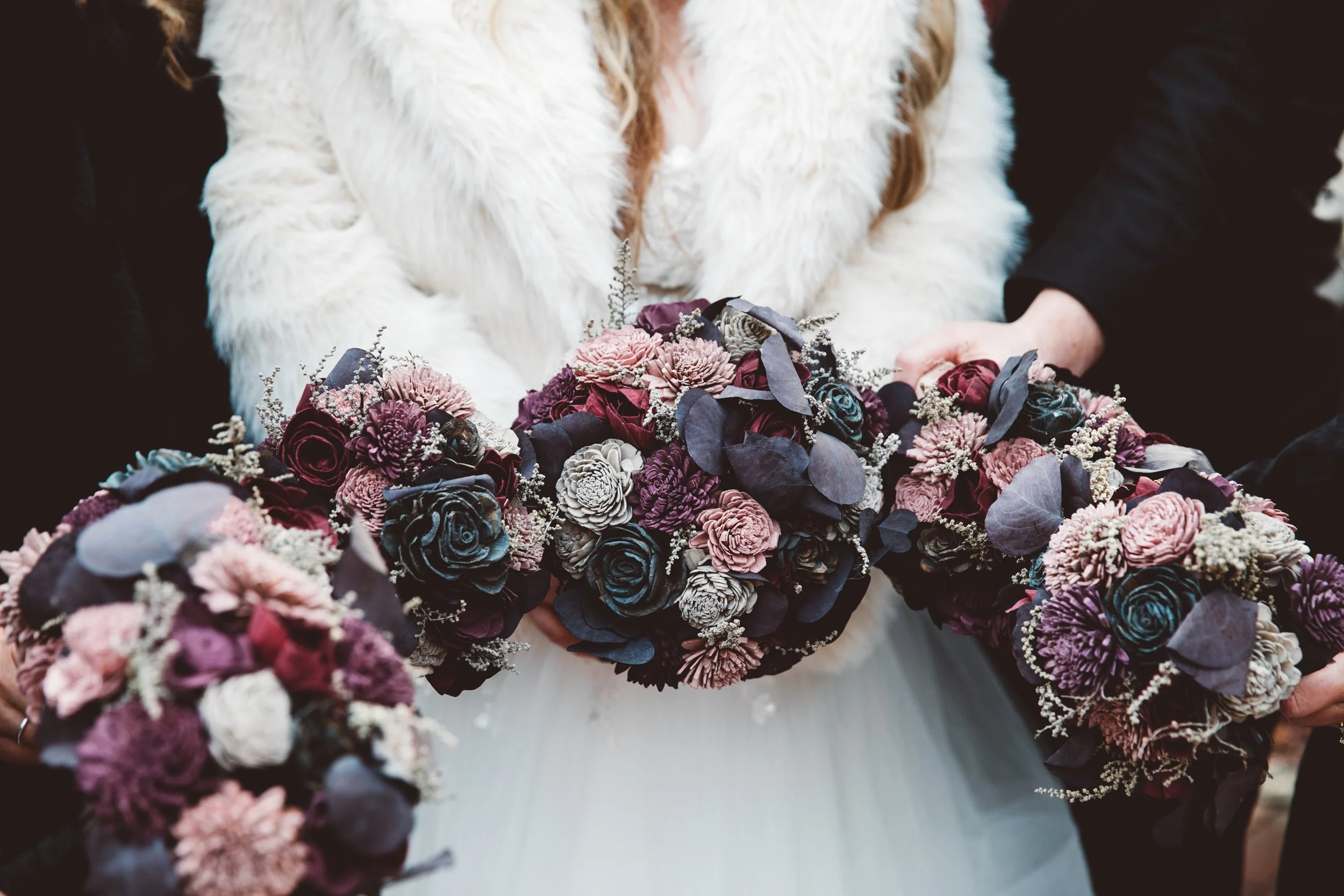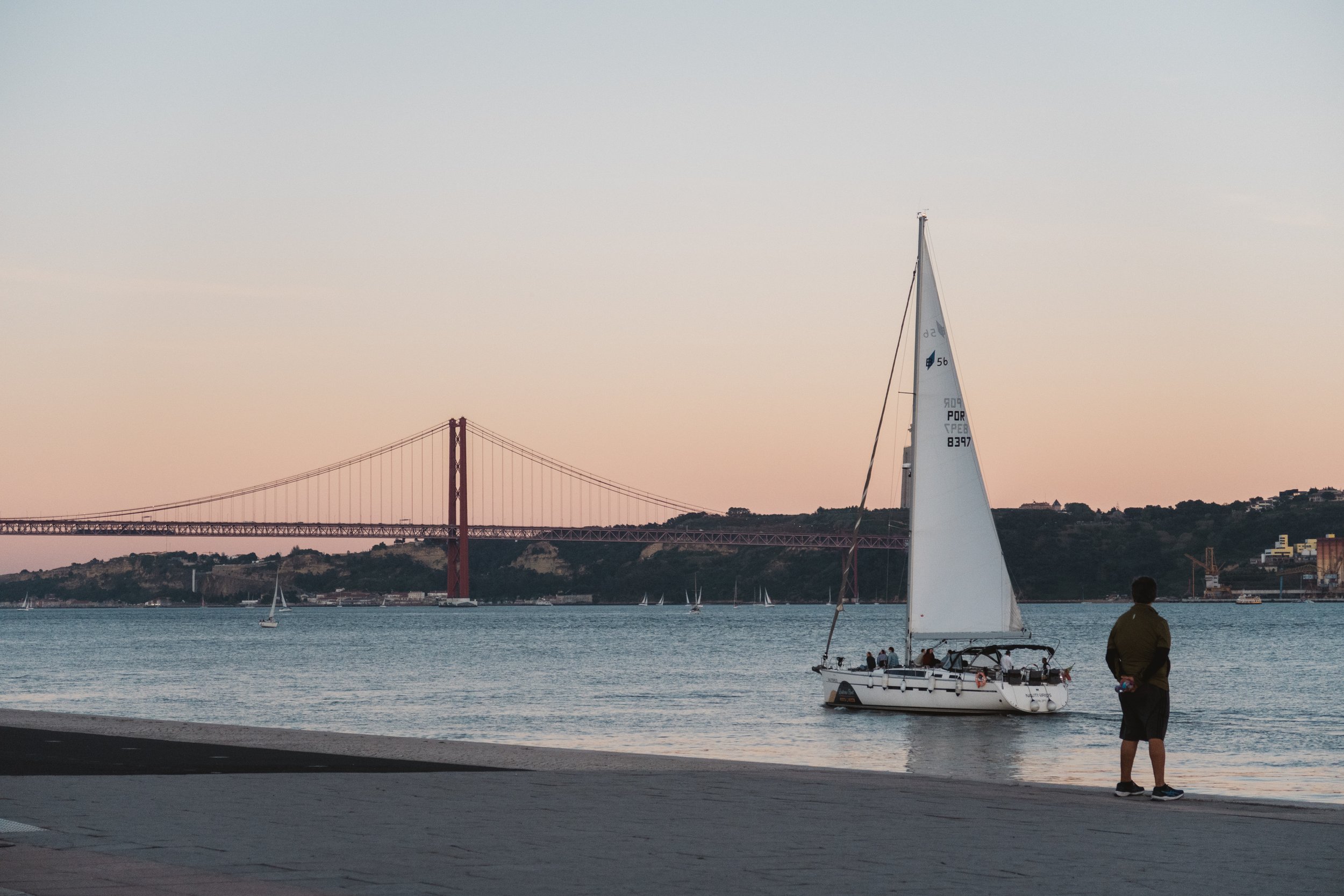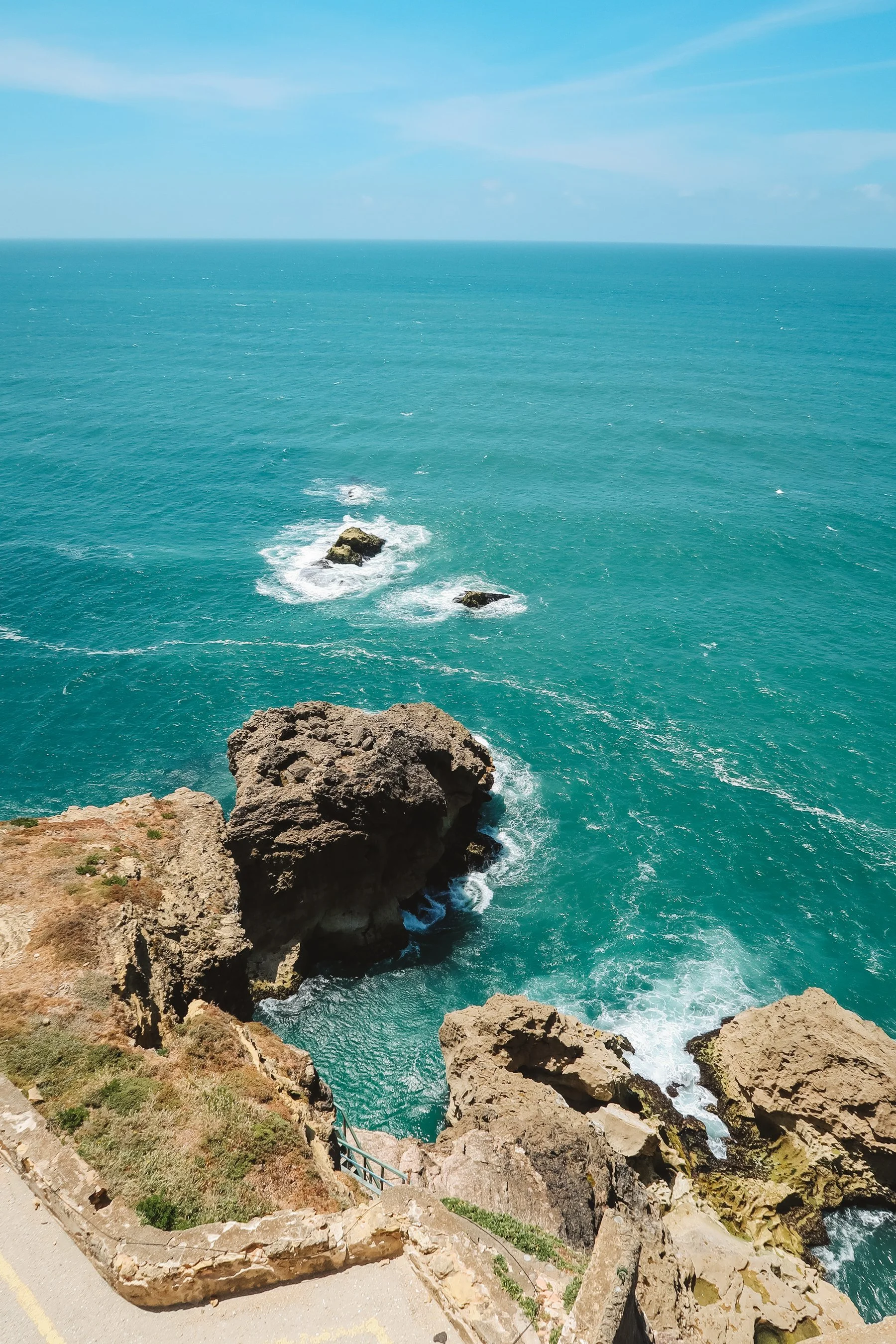I haven’t officially decided what I’ll do for my next trip, but it was incredibly nice not having to lug my 5D Mark IV around. What I really need is a digital/film hybrid camera that shoots medium format and 35mm, has a flash, a multiple exposure function, a zoom lens, a panorama mode, aperture priority, incredible low-light capabilities and a lightweight body - then I’d have my dream camera! If you happen to know of a camera that fits all of these functions, please please please let me know. :) In the meantime, I’ll be filling my camera bag with dozens of random cameras in search of the perfect one to fulfill all of my needs.
I hope this post helps you decide if the Canon G7X Mark II is for you! I find it to be a pretty spectacular camera, especially because it IS just a point-and-shoot! When I think back to my very first Canon Powershot camera I had back in the 2000s, even then, I was surprised by the quality that I was able to get with it. And now, with all of these modern-day functionalities, it’s kind of amazing what they can squeeze into these tiny cameras.
So… while the G7X Mark II won’t be replacing my 5D Mark IV as my everyday workhorse camera that I use at professional gigs, it does have the potential to be a contender for a decent digital travel camera. I’ll have to sleep on it a bit more before I decide what to do for my next trip. But in the meantime, if someone were to ask me if the G7X Mark II was worth the money, I’d say absolutely. It can take quite stunning photographs, even for the average person. It’s extremely easy to use, but still offers those pro-level settings like manual, aperture priority and shutter priority if you want to get more creative. It has full HD video, which makes the camera a good option for social media and vlogging (and some even argue the G7X Mark II is better for video than the G7X Mark III). And the 24-100mm lens offers a lot of versatility for a point-and-shoot camera. The fact that it made my mom’s photos from Africa look almost pro-level was a huge eye-opener for me, and was really the reason that I had the confidence and trust in the G7X Mark II to be a temporary travel replacement for my DSLR.
I’ve included more sample photos below to give you a better idea of the camera’s capabilities, including some of my favorite photos that my mom took on her trip to Africa. If you are interested in seeing photos from the Canon 5D Mark IV for comparison, you can check out my blog post here!
WHERE TO BUY THE CANON G7X MARK II
Amazon
B&H Photo
Adorama
Etsy (used)
eBay (used)
WHERE TO BUY THE CANON G7X MARK III
Amazon
B&H Photo
Adorama
Etsy (used)
eBay (used)
If you found this post helpful or if you’d like to see more of my work, I’d love it if you considered signing up for my Patreon! For as little as $1 a month, you’ll get early access to all of my YouTube videos, plus tons of photos that I don’t post anywhere else. Depending on which tier you choose, you could also receive seasonal prints and/or discounts! I always use all of the proceeds towards cameras, film & processing. Find out more here!
You can also check out my Amazon storefront for more camera/film recommendations. :)
Thanks so much for stopping by! Feel free to leave any questions/comments below. Have a lovely day!
<3 Myles Katherine
(By using the links and/or codes above it supports Myles Katherine Photography. We may get a small kick back by you doing so.)











































































































































































